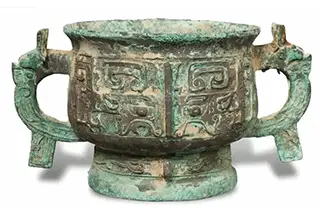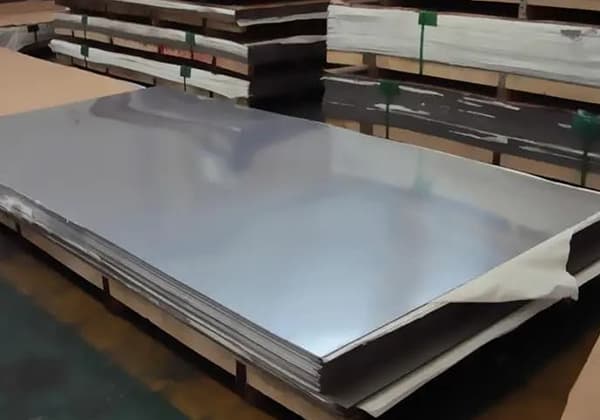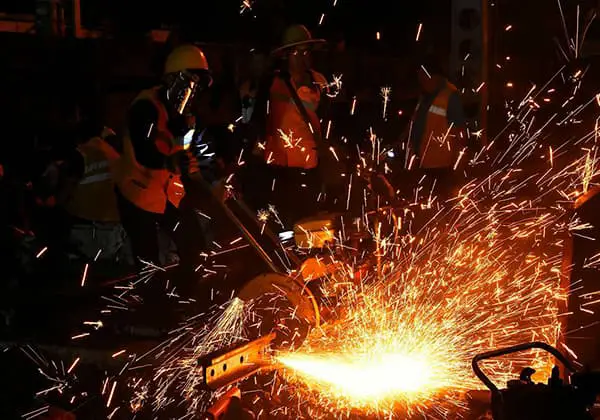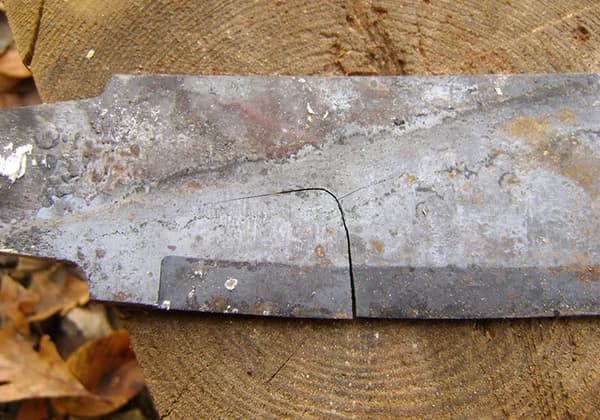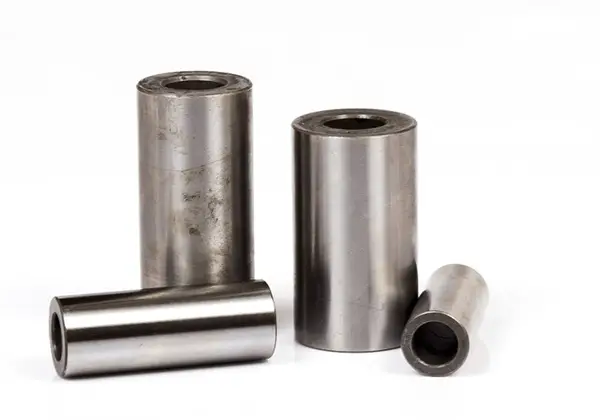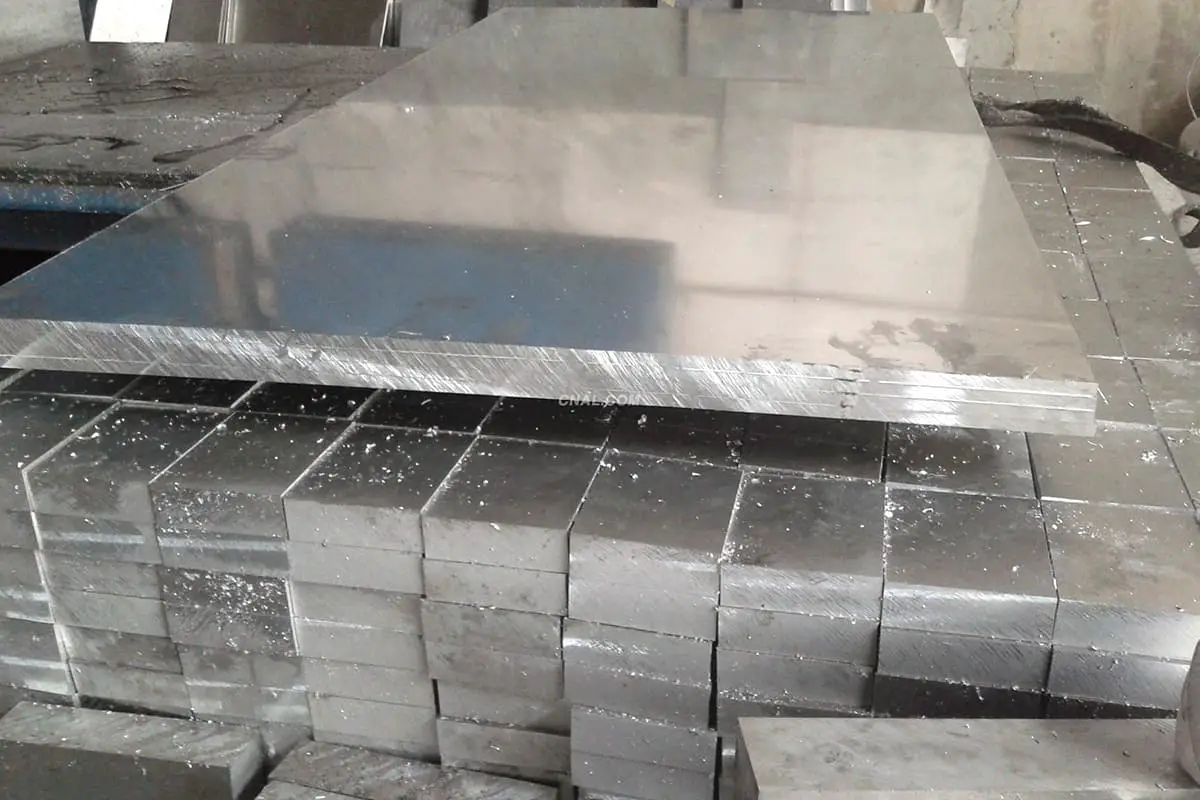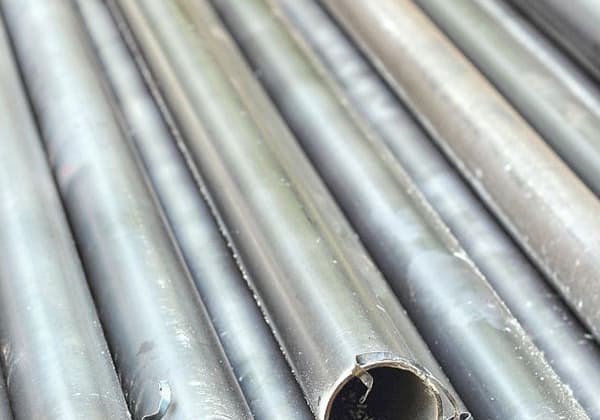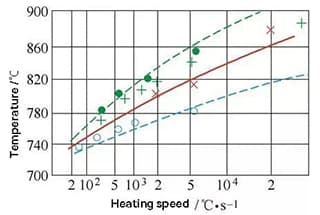
Why does one tool steel stay sharp even at high temperatures while another quickly loses its edge? This article explores the key differences between high-speed steel (HSS) and tungsten steel, focusing on their composition, properties, and typical applications. Readers will discover how these materials’ unique characteristics make them suitable for specific cutting tools and industrial uses. Dive in to understand which steel best meets your needs for durability and performance.
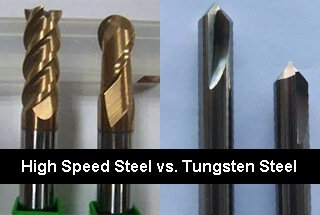
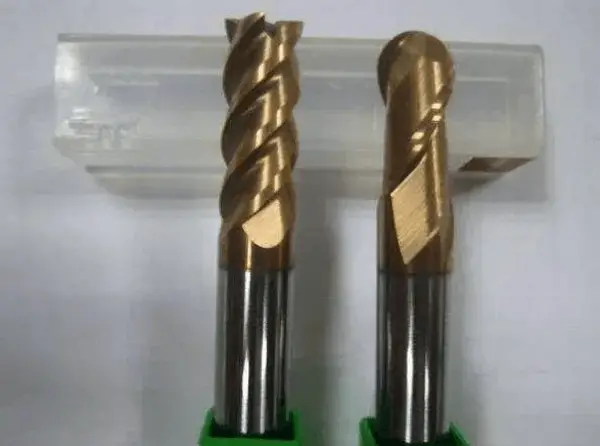
High-speed steel (HSS) is a type of tool steel known for its high hardness, wear resistance, and heat resistance.
It can be hardened even when cooled in air during the quenching process and is known for its sharpness, also referred to as “white steel.
HSS is a complex alloy steel that contains carbide-forming elements such as tungsten, molybdenum, chromium, vanadium, and cobalt, with the total amount of alloying elements making up around 10-25% of the steel.
One of its defining characteristics is its “red hardness,” the ability to maintain high hardness even under high heat generated by high-speed cutting (around 500°C), resulting in a hardness of over 60 on the Rockwell scale (HRC).
In comparison, carbon tool steel may have high hardness at room temperature after quenching and tempering at low temperatures, but its hardness decreases sharply when temperatures exceed 200°C and is similar to annealed state at 500°C. This sharp decrease in hardness limits the use of carbon tool steel for cutting tools.
HSS, with its good red hardness, makes up for this shortcoming of carbon tool steel.
It is mainly used to make complex, thin-edged, and impact-resistant cutting tools, as well as high-temperature bearings and cold extrusion dies such as turning tools, drills, hobs, machine blades, and demanding dies.
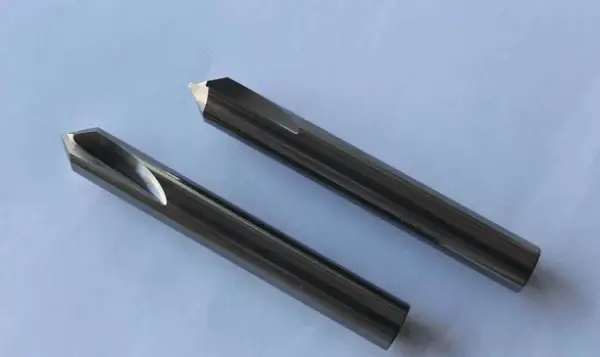
Tungsten steel, also known as hard alloy, boasts a range of excellent properties, including high hardness, wear resistance, good strength and toughness, heat resistance, and corrosion resistance, particularly its high hardness and wear resistance.
Even at temperatures as high as 500°C, its properties remain largely unchanged, and it still maintains high hardness at 1000°C.
Tungsten steel is made up of tungsten carbide and cobalt as its main components, accounting for 99% of the material, with the remaining 1% made up of other metals. This is why it is also referred to as tungsten steel.
Also known as cemented carbide, it is considered the backbone of modern industry.
Tungsten steel is a composite material made of at least one metal carbide, with tungsten carbide, cobalt carbide, niobium carbide, titanium carbide, and tantalum carbide being the most common components.
The grain size of the carbide component is typically between 0.2 and 10 microns, and the carbide grains are held together by a metal binder, usually an iron group metal, with cobalt and nickel being the most frequently used.
Thus, there are tungsten-cobalt alloys, tungsten-nickel alloys, and tungsten-titanium-cobalt alloys.
The process of making tungsten steel involves pressing powder into a billet, heating it to a specific temperature (the sintering temperature) in a sintering furnace, holding it at that temperature for a specified time, and then cooling it to obtain the final tungsten steel material with the desired properties.
① Tungsten-Cobalt Cemented Carbide
Tungsten steel consists of tungsten carbide (WC) and binder cobalt (Co) as its main components.
Its grade is indicated by the prefix “YG” (standing for “hard and cobalt” in Chinese Pinyin) and the average percentage of cobalt content.
For instance, YG8 indicates an average of 8% cobalt content, with the remaining composition being tungsten-cobalt-based cemented carbide and tungsten carbide.
② Tungsten-titanium-cobalt-based hard alloy
The main components of tungsten steel are tungsten carbide, titanium carbide (TiC), and cobalt.
Its grade is indicated by the prefix “YT” (standing for “hard, titanium” in Chinese Pinyin) and the average percentage of titanium carbide content.
For instance, YT15 indicates an average of 15% titanium carbide content, with the remaining composition being tungsten carbide and tungsten-titanium-cobalt cemented carbide and cobalt.
③ Tungsten-titanium-tantalum (niobium)-based hard alloy
The main components of tungsten steel are tungsten carbide, titanium carbide, tantalum carbide (or niobium carbide), and cobalt.
This type of cemented carbide is also referred to as universal cemented carbide.
Its grade is indicated by the prefix “YW” (standing for “hard” and “wan” in Chinese Pinyin) and a sequence number, such as YW1.
Tungsten steel boasts a range of excellent properties, including high hardness, wear resistance, good strength and toughness, heat resistance, and corrosion resistance, particularly its high hardness and wear resistance.
Even at temperatures as high as 500°C, its properties remain largely unchanged, and it still maintains high hardness at 1000°C.
Carbide is widely used as a material in tools such as turning tools, milling tools, drills, and boring tools, and the cutting speed of this new type of hard alloy is hundreds of times faster than that of carbon steel.


